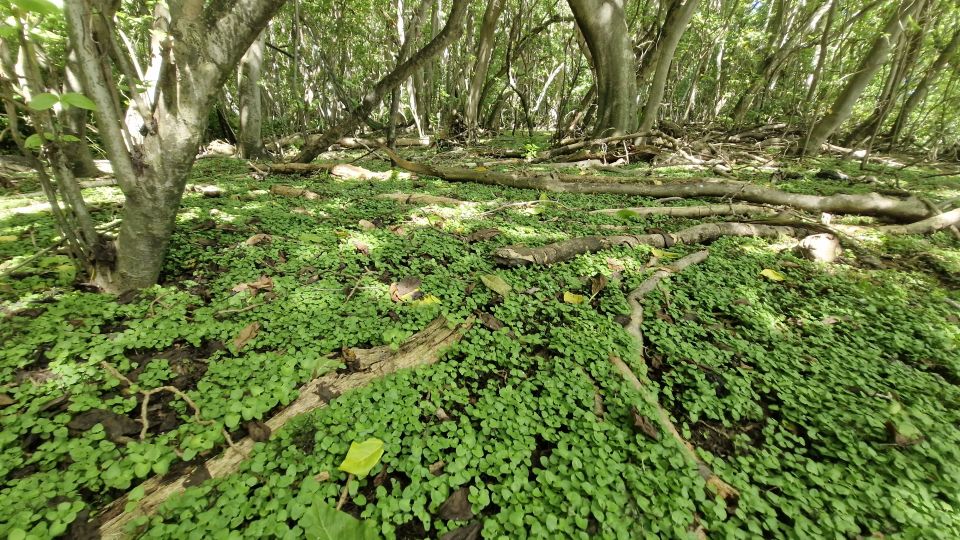Home / Environment / Uninhabited Islands Reclaimed from Invasive Rats, Sparking Ecological Resurgence
Uninhabited Islands Reclaimed from Invasive Rats, Sparking Ecological Resurgence
3 Oct
Summary
- Bikar Atoll and Jemo Islet in Marshall Islands overrun by invasive rats for decades
- Eradication program in 2024 successfully removed rats, allowing native species to rebound
- Seabird populations soaring, with 2,000 sooty terns now nesting on Bikar

In 2024, remote uninhabited islands in the Marshall Islands, Bikar Atoll and Jemo Islet, were overrun by invasive rats that had decimated the native wildlife for decades. However, a year later, these islands have undergone a remarkable transformation.
An eradication program undertaken by Island Conservation, the Marshall Islands' Marine Resources Authority, and the Ministry of Natural Resources and Commerce in 2024 has successfully removed the rat populations from both islands. This has allowed the native flora and fauna to rebound, with seabird populations soaring and endangered species like green sea turtles making a comeback.
On Bikar, a breeding colony of 2,000 sooty terns has now established itself, whereas the year before there were none. Other species like greater crested terns, brown noddies, and a previously unrecorded Christmas shearwater have also returned to the islands. The forest floor is now carpeted with seedlings of the native Pisonia grandis trees, a stark contrast to the barren landscape observed in 2024.
The successful eradication of the rats has set the stage for the ecological restoration of these islands, which were once havens for diverse wildlife. The hope is that this project will serve as a blueprint for similar efforts in the Marshall Islands and beyond, where invasive species pose a significant threat to island ecosystems.




